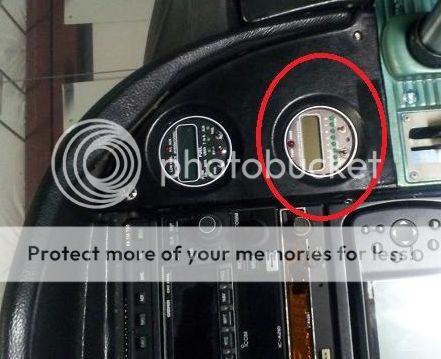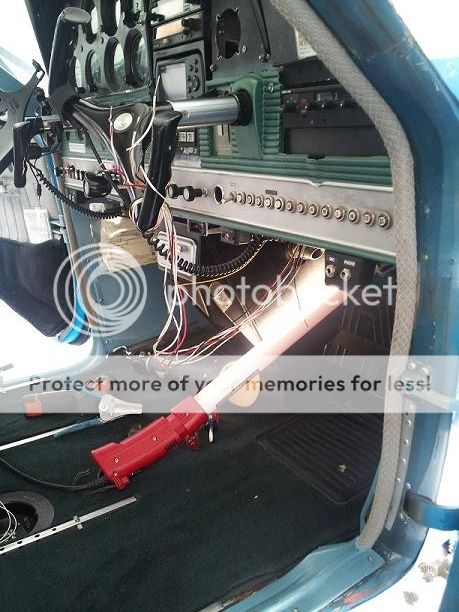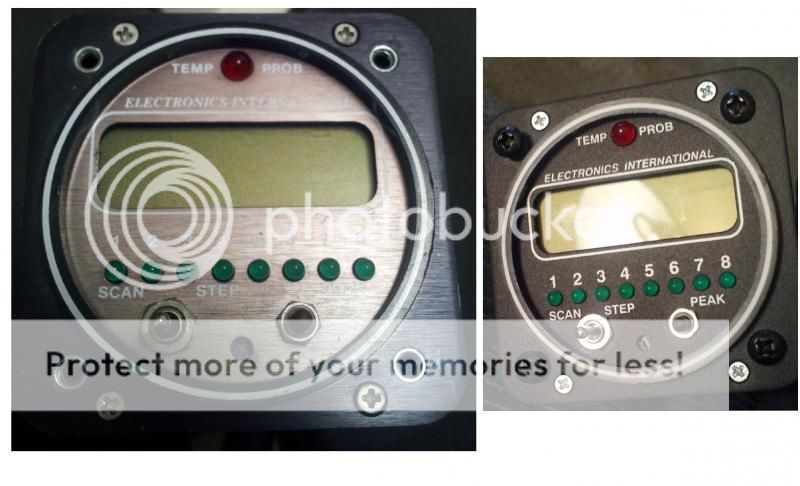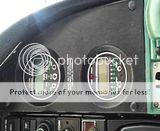I have to chime in here. I agree that their customer service is really good as far responding, or talking to you on the phone goes... but the phone is where it ends.
I bought an MVP-50 and had it installed along with lots of other stuff. I really love the unit, when it all works OK. I have had lots of intermittent problems with it.
- Erratic fuel flow indications from day one. On going, likely to give up on it.
- Numerous CHT and EGT indications erratic. Usually a connection issue so far, but it keeps happening. I'm dealing with 2 dead EGTs right now.
- Fuel tank senders used to report very accurate readings. Now suddenly we're off by 2-3 gallons.
- I get buss voltage warnings sometimes when I key the mic on the radio.
- I have had several times when the screen refuses to boot up, just a dark screen. Fortunately, it has eventually come up every time after repeated cycling.
Anyhow, it has not been the Shangri-La I had hoped for. Like has been pointed out above, the responsiveness and interaction on the phone has been very good. The problem I have is this. Once they sell the thing to you, they don't really want to deal with it again.
They tell you to take it back to the installer. I have. They tell me everything is A-OK as far as they can tell. I have sent recorded data files to EI showing erratic fuel flows as well as the buss voltage spikes and they replied that my files looked perfectly normal. (I can put a link to a video of the fuel flow reading in action if anybody cares.)
I have suggested bringing my airplane to them so they can see for themselves, but no. They don't touch airplanes. If I want to pay to have my equipment removed, pay for shipping, pay for their diagnostic fees, pay to have the equipment shipped back and pay to have it reinstalled, they would be more than happy to bench test my gear for me. My previous experience with "bench testing" has been pretty poor with other companies.
On the other hand, you're not going to get any better service from JPI either. All I wish I could get from them (or any manufacturer) is the willingness to do a diagnostic that I will pay for, with
their equipment actually installed in
my plane as it is.
This is apparently too much to ask for. If they get overwhelmed by airplanes coming back to the factory for diagnostics, well then, maybe they will work harder to prevent the equipment from failing, or to make the installation process so easy a monkey could do it correctly.
Just a thought.

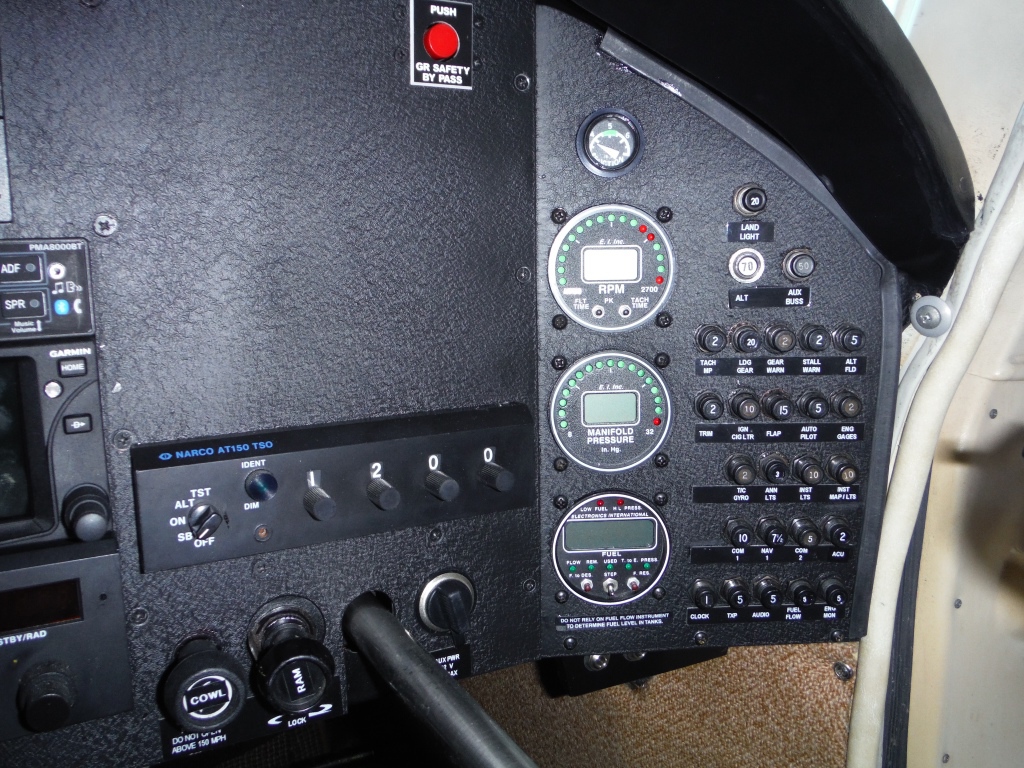
 Another problem with them is they are crimped on. The solid core wire seems to fracture and fail at the crimp. That is the issue I have currently.
Another problem with them is they are crimped on. The solid core wire seems to fracture and fail at the crimp. That is the issue I have currently.

